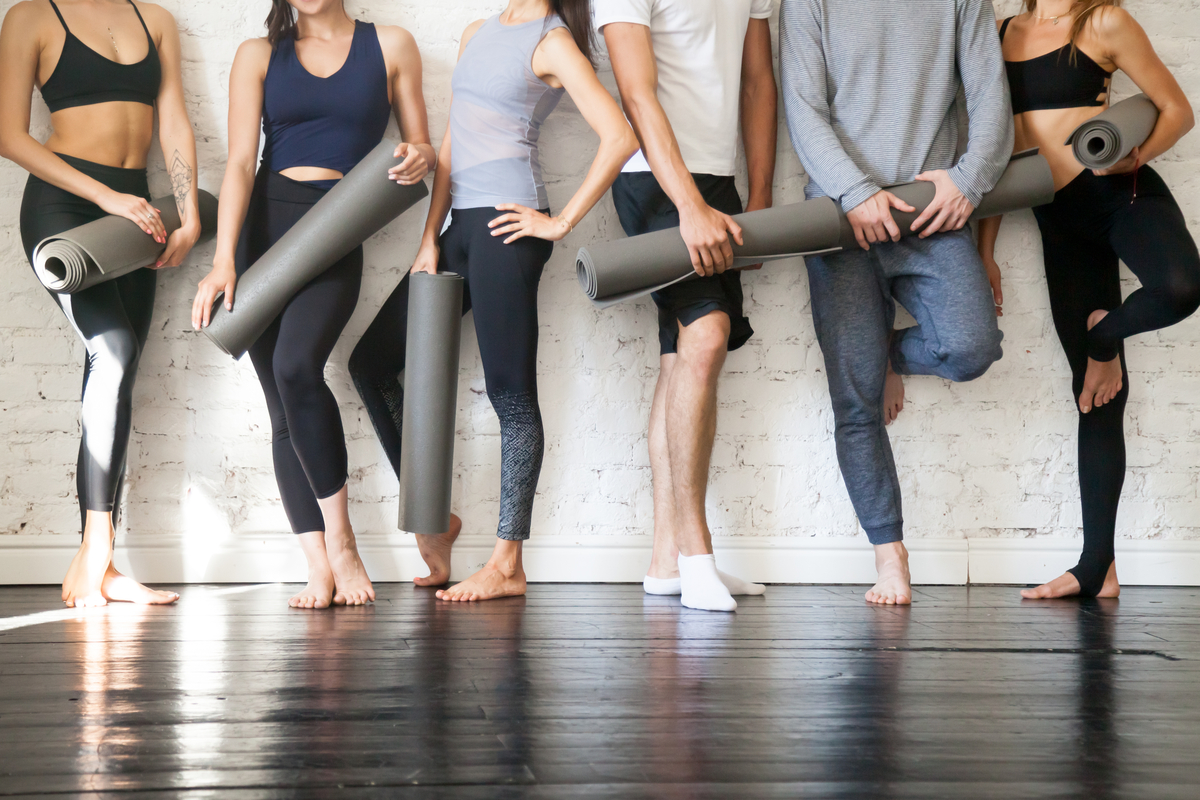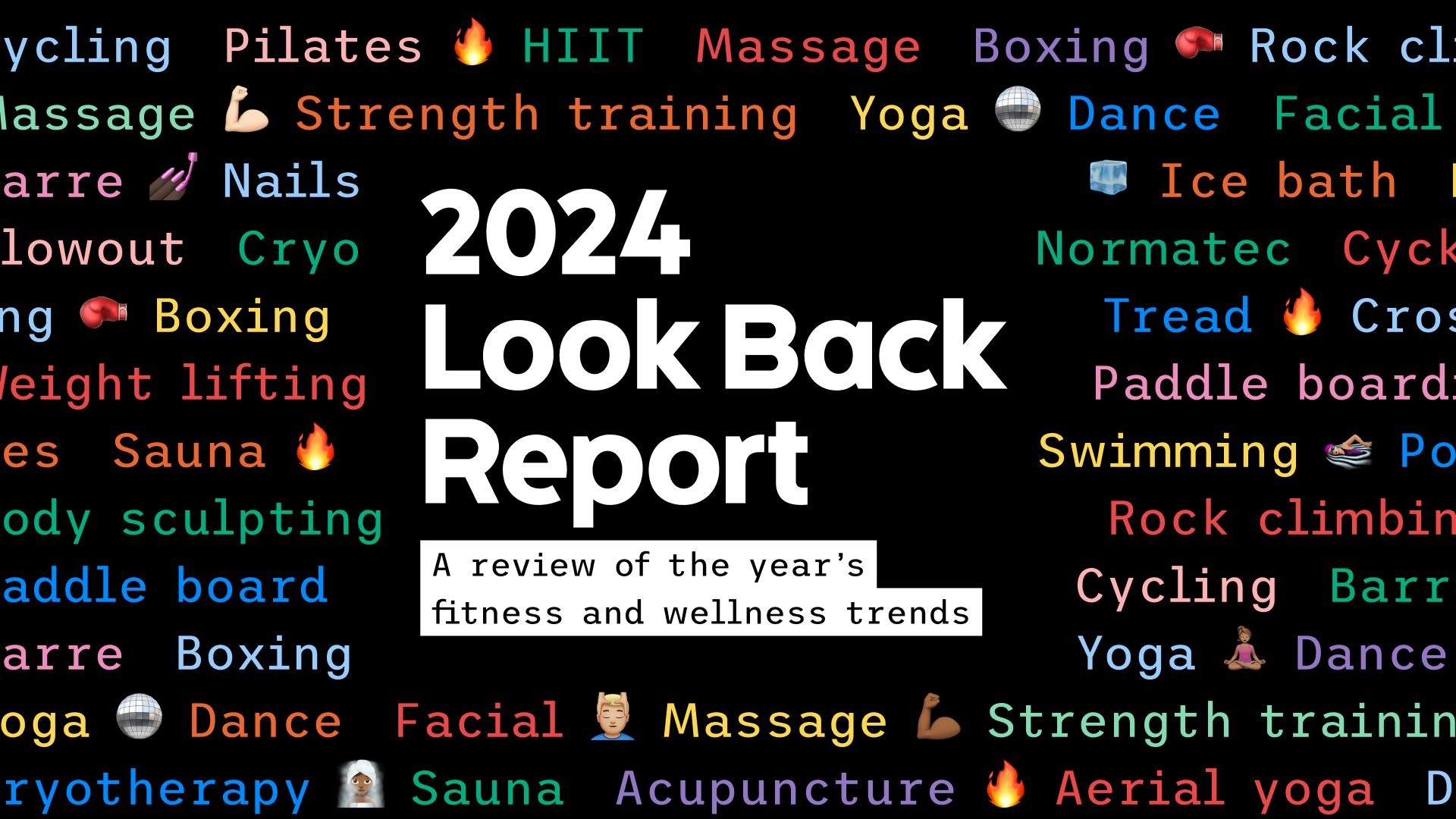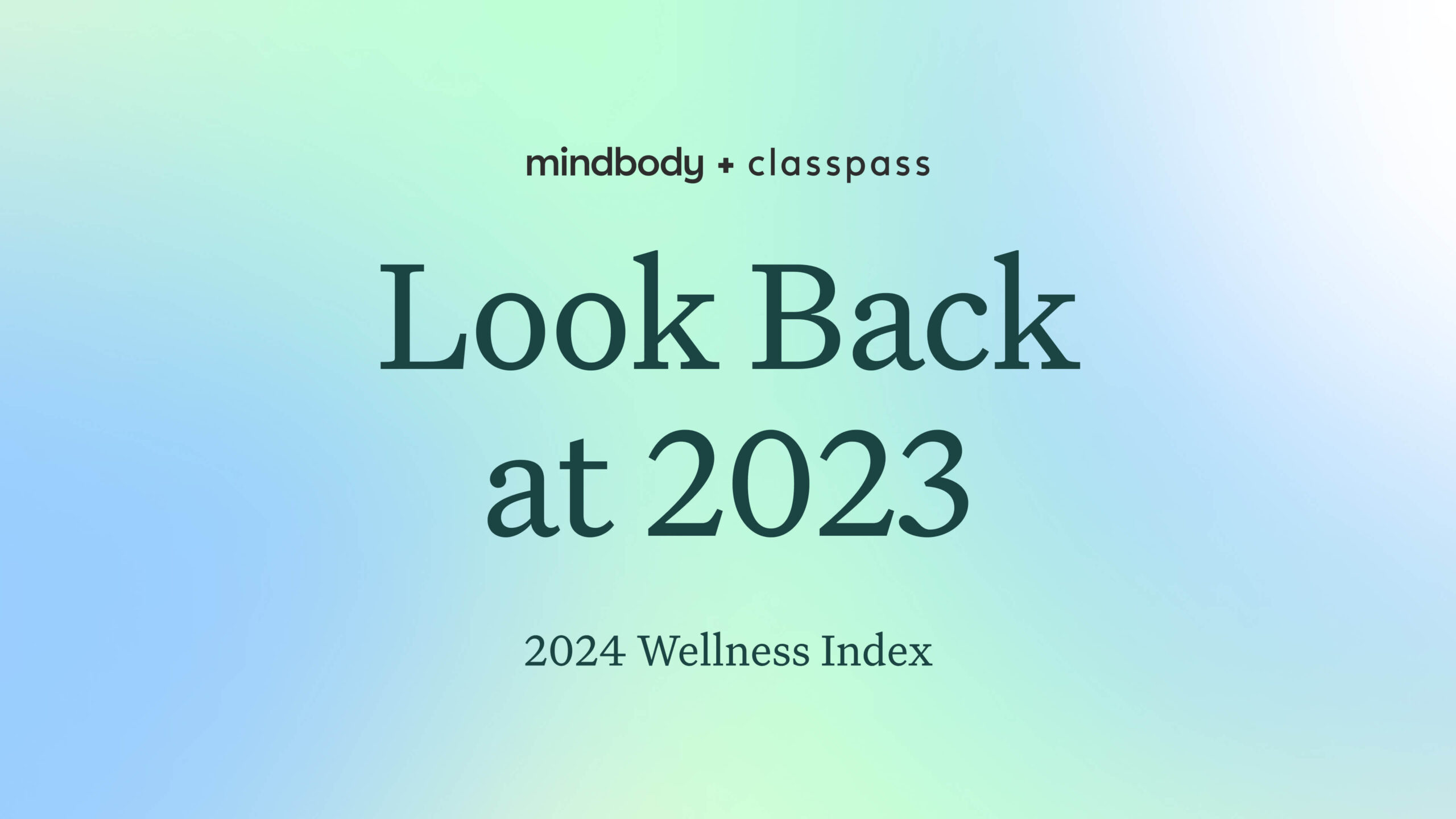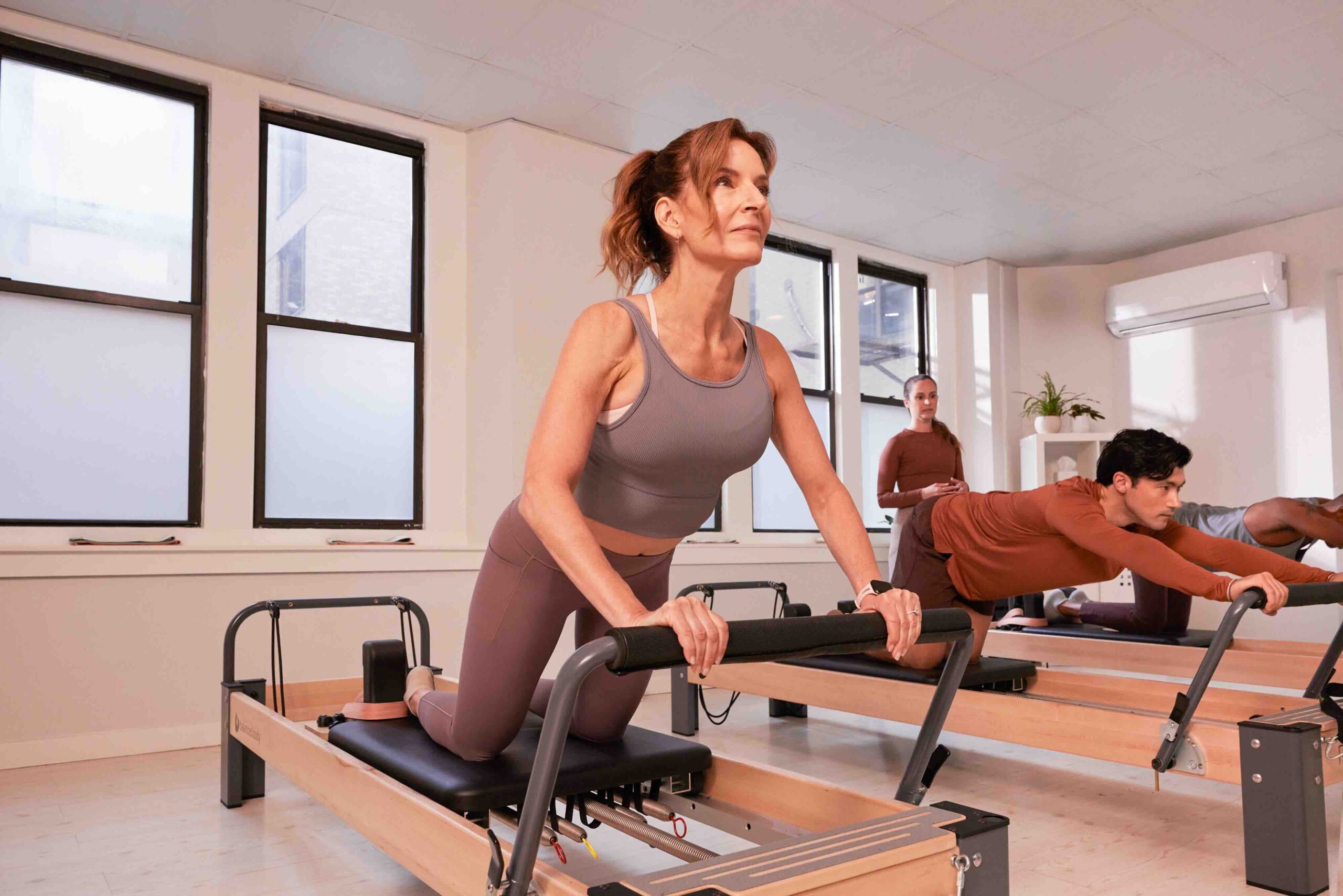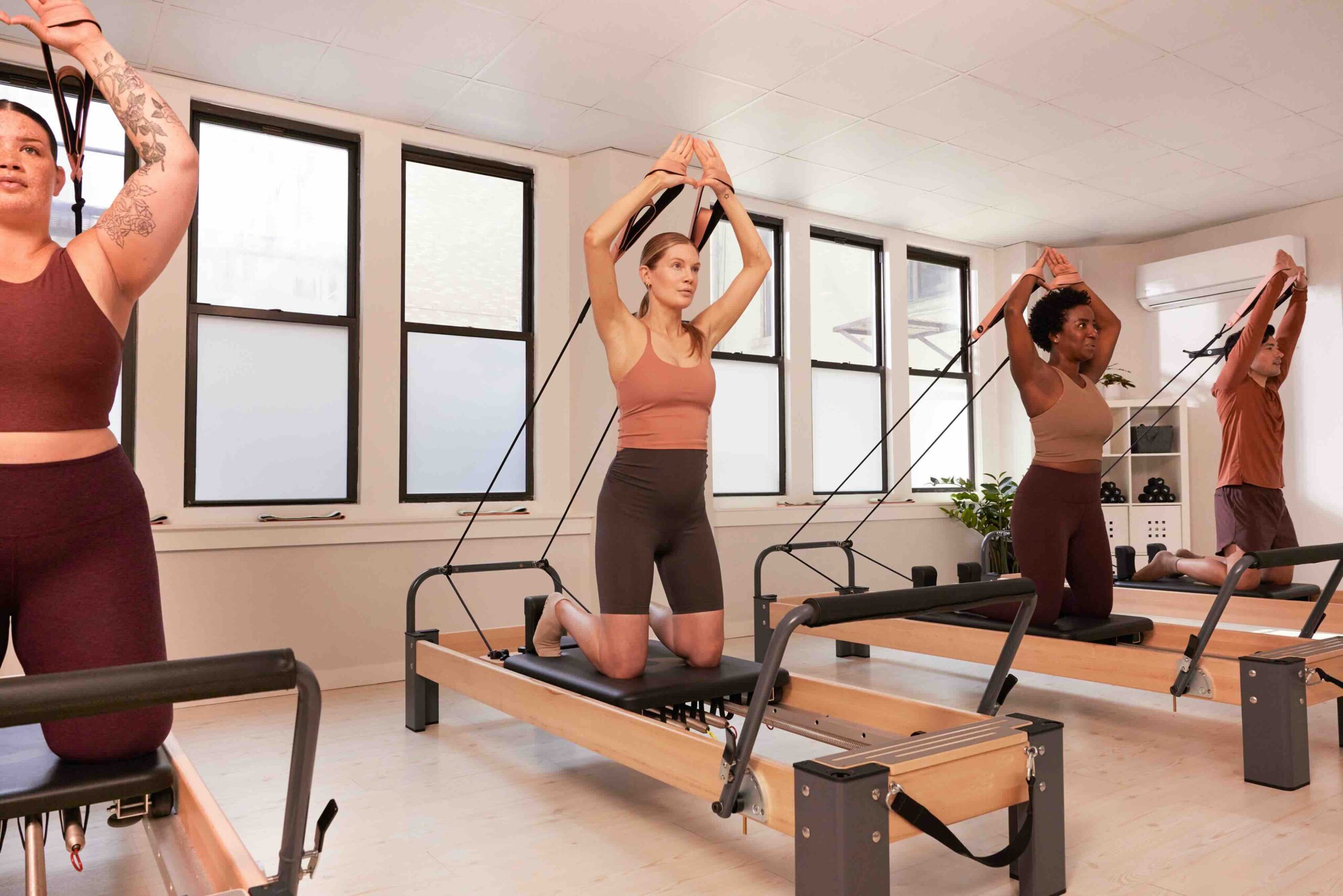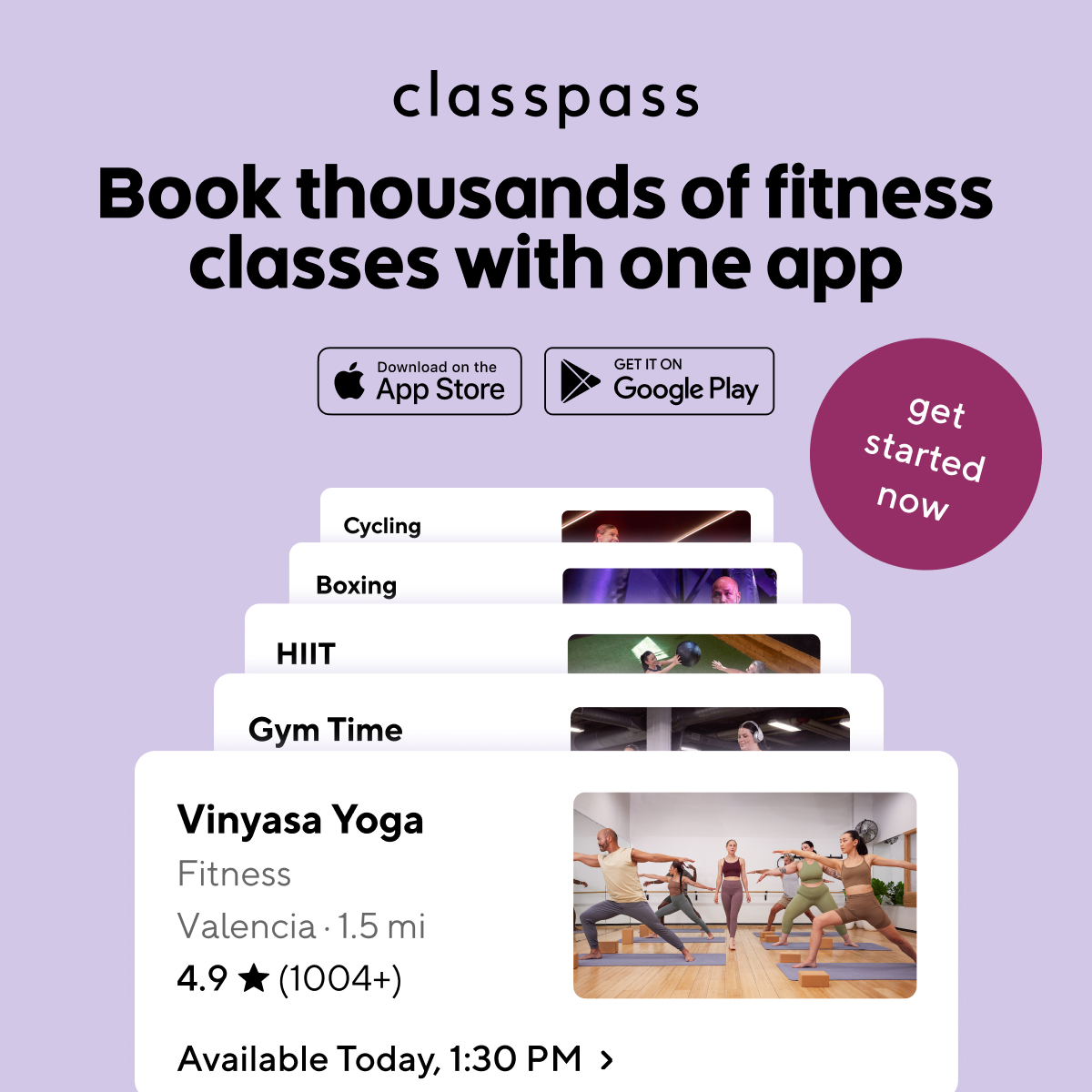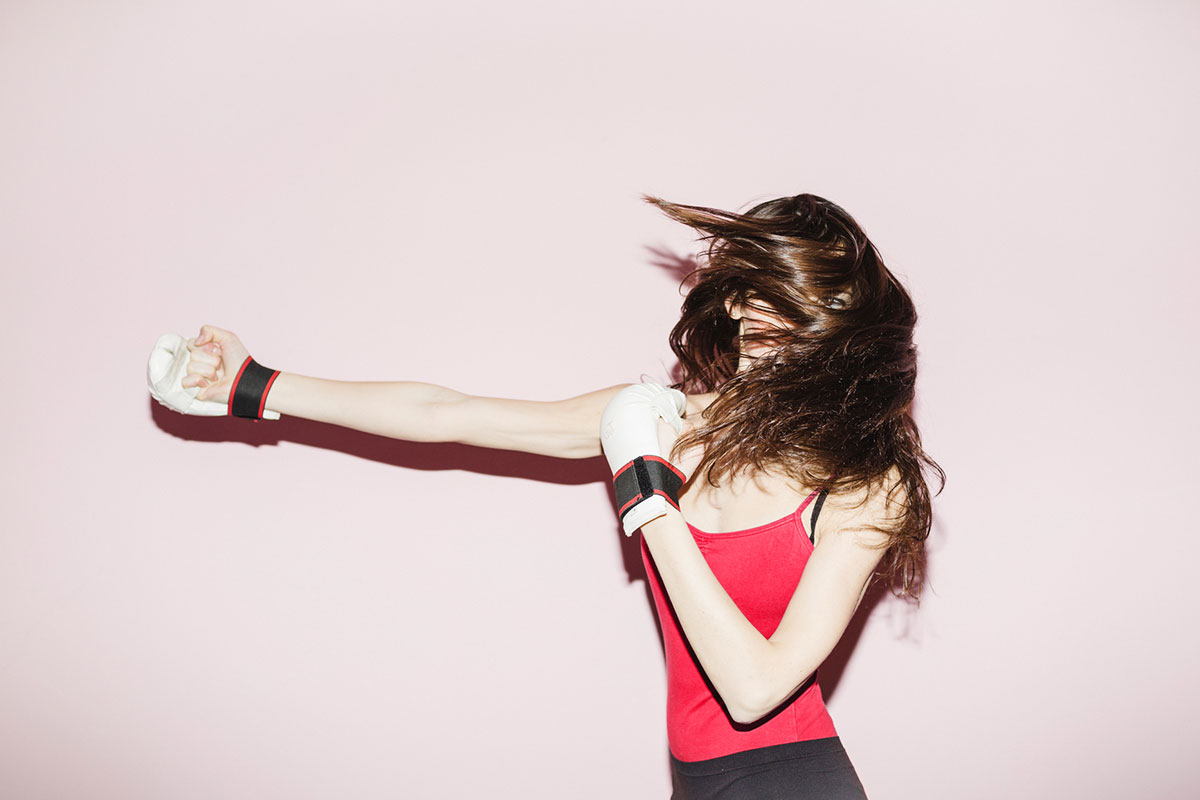Find the best way to strengthen, lengthen and tone — for you! Yoga and Pilates are often conflated as being the same thing. They both incorporate breath, slow and controlled movements and a focus on alignment, but how similar are they really, and which one is best for you?
Well, first things first: they’re not the same. At all.
The primary differences between yoga and Pilates
Yoga has its roots in Indian tradition dating back over 5,000 years. It is a spiritual practice created to connect the physical body with one’s consciousness, and more broadly, one’s consciousness with a universal consciousness. Connection is achieved through breathing and physical poses, linked in sequences that help energy move through the body and quiet the mind. Secondarily, as a physical practice, yoga builds strength and flexibility.
Pilates was created by Joseph Pilates early in the 20th century, primarily as a tool for athlete rehabilitation. Its main goals are physical: strengthening the core, elongating the spine, aligning the body, developing strength and building stability. There is also an element of unifying mind, body and spirit.
As with all forms of activity, the answer to which is better depends on your body, your goals and your comfort level. There are tons of benefits to both, from better posture, core strength and muscle tone to mental clarity, calmness and breath control. Selecting a workout that speaks to you and brings you joy is most important.
So, in the spirit of helping you find joy (and core strength and clarity and killer hip mobility), here’s what you need to know when it comes to yoga versus Pilates.
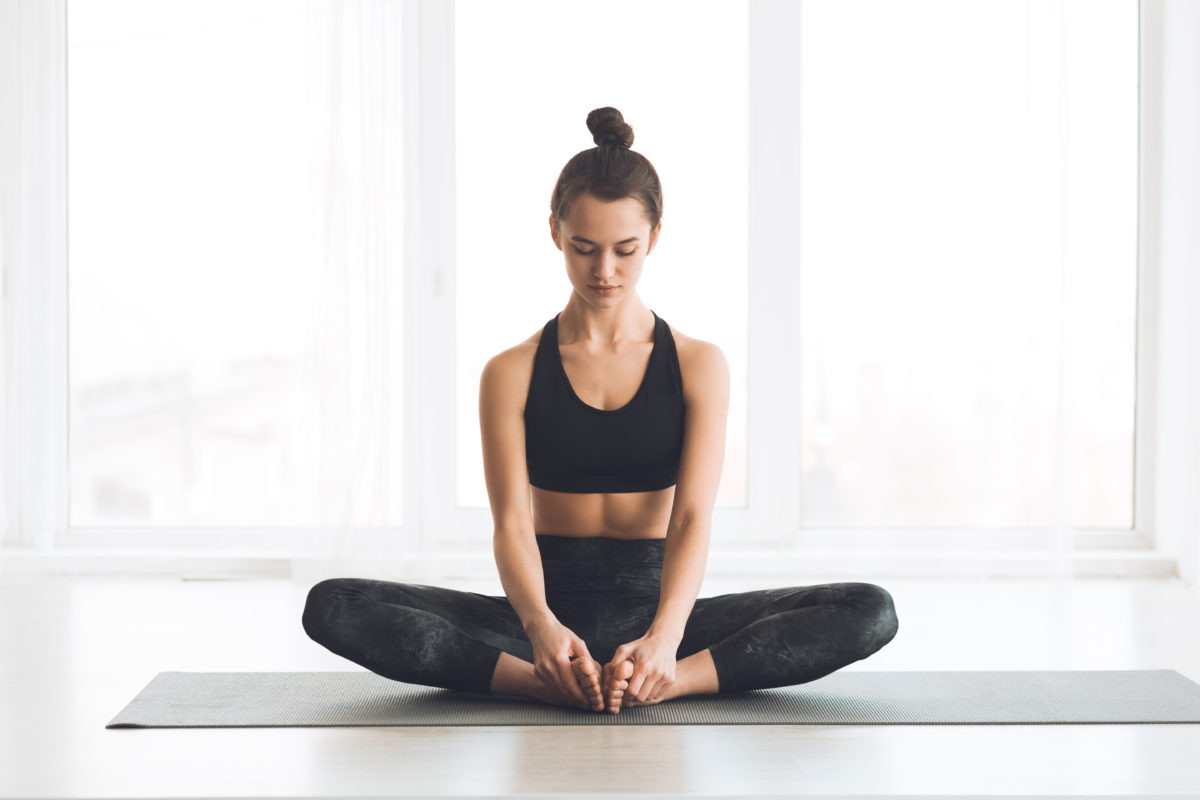
Both Pilates and yoga can be practiced solo, in small groups or in larger groups, so depending on your workout environment preference, both could be great fits for you.
Yoga postures are performed in a variable sequence and are typically held longer than Pilates postures; as well, they’re often repeated in sequences across one single session. You can expect to be inverted, on your hands or feet or back. They follow a general pattern depending on the style you’re practicing and will build in intensity and end with a period of rest.
Pilates, conversely, will visit one move one time in a workout and not come back to it: do it twenty times and you’re done, but expect to do it perfectly and with excellent control each time. Pilates sequences also tend to be a little more movement-heavy: expect to pulse or semi-static hold in a way yoga does not require. Pilates also deals mainly in set sequences: your workout may look quite similar day to day, as the regimen is set for you to work through in order.
Both practices focus heavily on alignment, breathing and technique.
Yoga vs. Pilates: Equipment
Yoga uses (almost exclusively) the body: your own bodyweight and your positioning create resistance to work against. While blocks, straps and bolsters can be used for alignment or assistance, you are mostly working against (or with?) yourself and gravity for the duration of your practice. This makes yoga easy to practice just about anywhere.
Pilates exists in a variety of forms: what you use depends on what type of training you’re doing. Mat Pilates will incorporate a mat, straps, balls and bands. Reformer Pilates will utilize the Cadillac machine, a variety of blocks, springs, straps and attachments to align and challenge the body. There are exercises that use bodyweight only, so you can practice any place. The addition of equipment makes things interesting, as it’s designed to force the body to work extra hard as well as force proper alignment, which often makes the work more challenging.
Yoga vs. Pilates: The class experience
Depending on where you take it a yoga class may be a more relaxing, internal experience. Pilates can feel a little like a boot camp despite its softer reputation and the often calm environment in which it takes place. Both are highly physical, and while Pilates can exist in a slower, meditative space, it can feel more intense if compared with, say, a Hatha or restorative yoga practice.
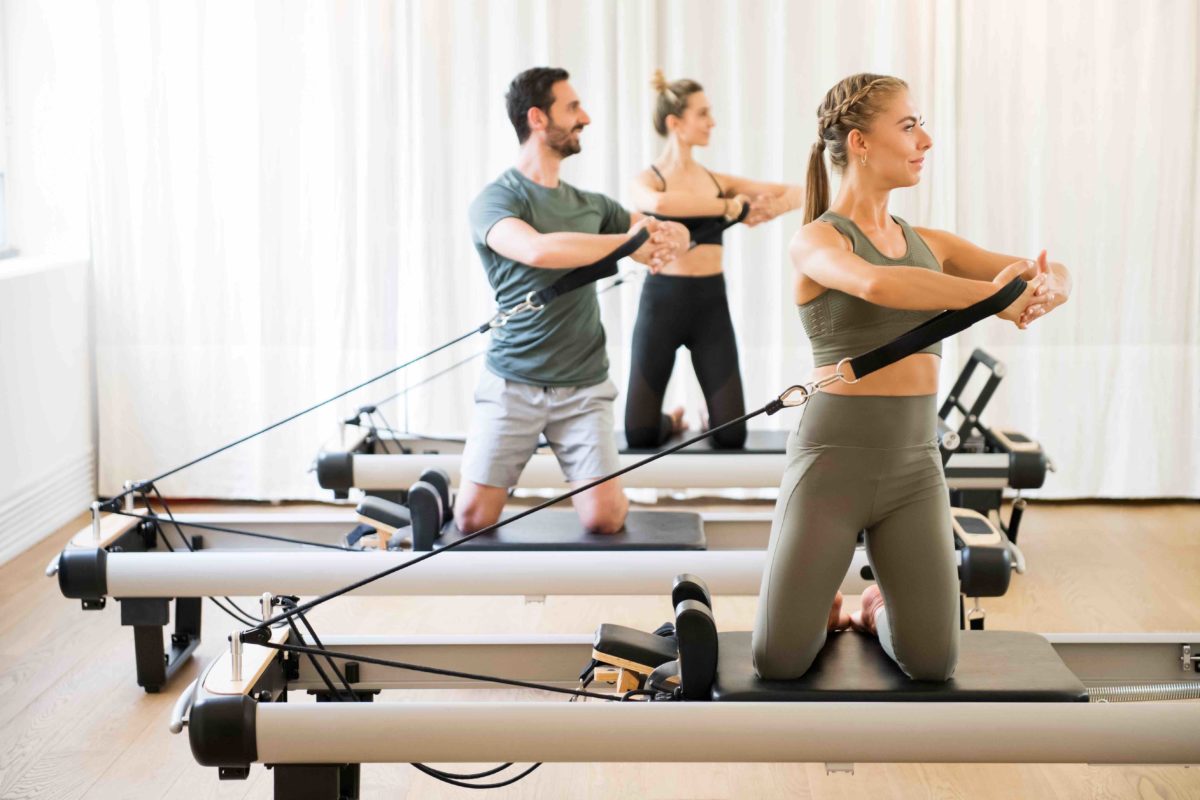
Which is best? Yoga or Pilates
Great news: Because yoga and Pilates are so very different and offer a variety of really valuable benefits for the body, they’re not in competition with each other. You can do both and reap a plethora of benefits, none of which compromise your work in the other discipline. If you seek calmness, centering and a meditative experience to link mind and body, yoga might be for you. If you seek overall strength, particularly in your core, bodily control and to reduce your likelihood of injury, Pilates might be a great option for you. If you try out Pilates or Yoga, don’t be intimidated by the unique shared language. Each has it’s own unique naming conventions.
Of course, who doesn’t want all of those things? Experiment with the various styles of each to find the best fit and combination for you and benefit from long, lean muscles and a clear, calm mind.
